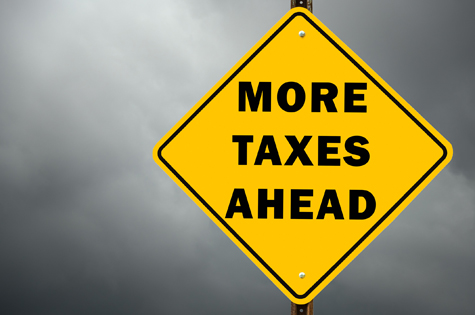The ATO’s draft guidance on personal service income and the general anti-avoidance provisions is likely to be a shock to many small and microbusinesses in Australia.

The ATO has released a draft practical compliance guideline, PCG 2024/D2, which provides practical guidance on the ATO’s compliance approach for alienation arrangements where personal services income (PSI) of an individual is derived through a personal services entity that is conducting a personal services business.
The PCG, which was released on Wednesday, explains the type of alienation arrangements the ATO considers to be of low or higher risk in terms of Part IVA applying and the likelihood of the ATO having cause to apply compliance resources to review those arrangements.
The guidance in PCG 2024/D1 outlines how the PSI rules of the tax law interact with the General Anti-Avoidance Rules (GAAR) of the tax law, Part IVA ITAA 1936.
“The PSI rules were introduced in 2000. The purpose of those rules was to set out conditions, that if not passed, broadly meant that the income derived by a ‘personal services entity’ would be taxed to the individual that earned the PSI,” said Tax expert and education provider John Jeffreys.
“Instead of seeing the PSI rules as an exclusive code for the taxation of personal services income, the ATO has always maintained that even if the PSI conditions are passed, the GAAR can still have application. That view is supported in a note to the PSI rules.”
Income is classified as PSI when more than 50 per cent of the income received from a contract is a reward for personal efforts or skills of the individual.
The law applies to a wide range of professions and occupations including doctors, dentists, plumbers, electricians, carpenters, bricklayers, accountants, lawyers, beauticians, hairdressers, and many others, Jeffreys said.
The position of the ATO, he said, is that unless (nearly) 100 per cent of the personal services income derived by an individual through an entity is taxed to the individual, the individual should be forced to pay extra tax by operation of the GAAR by taxing the individual on all the PSI.
Jeffreys gave the example of Dirk, an employee plumber being paid about $100,000 per year.
“Dirk decides to start a plumbing business and quits his job. He asks around and concludes that running his new business through a company would be the safest option. Because they share everything, he decides to have the shareholding 50 per cent held by him and 50 per cent by his life partner, Diedre,” said Jeffreys.
“The business goes well. He earns fees of $250,000 in a year mainly from his own personal efforts. He decides to pay himself a salary of $120,000 plus superannuation.”
The company makes an after-tax profit, after Dirk’s salary and other expenses, of $80,000. He then decides to pay a fully franked dividend of $10,000 each to himself and Diedre, meaning there is $60,000 of retained profits.
Jeffreys said that while there may not appear to be anything wrong with this scenario from a tax perspective, there is according to the ATO.
“Dirk could be seen as a tax avoider and should probably be hit with an assessment under the general anti-avoidance rule (GAAR) of the tax law plus penalties,” he said.
“Why has Dirk become a pariah on the Australian taxation system? Because, according to the ATO he has split his personal services income (PSI) with his partner and retained some of the profits of the business in the company.
“To do so is, according to the ATO, illegal. This is because the overall rate of tax payable on the company’s income is lower than if the whole amount had been taxed to Dirk personally.”
Jeffreys said this example is illustrative of the shock that is coming to possibly hundreds of thousands of small and microbusinesses in Australia.
By Miranda Brownlee
30 August 2024
accountantsdaily.com.au





